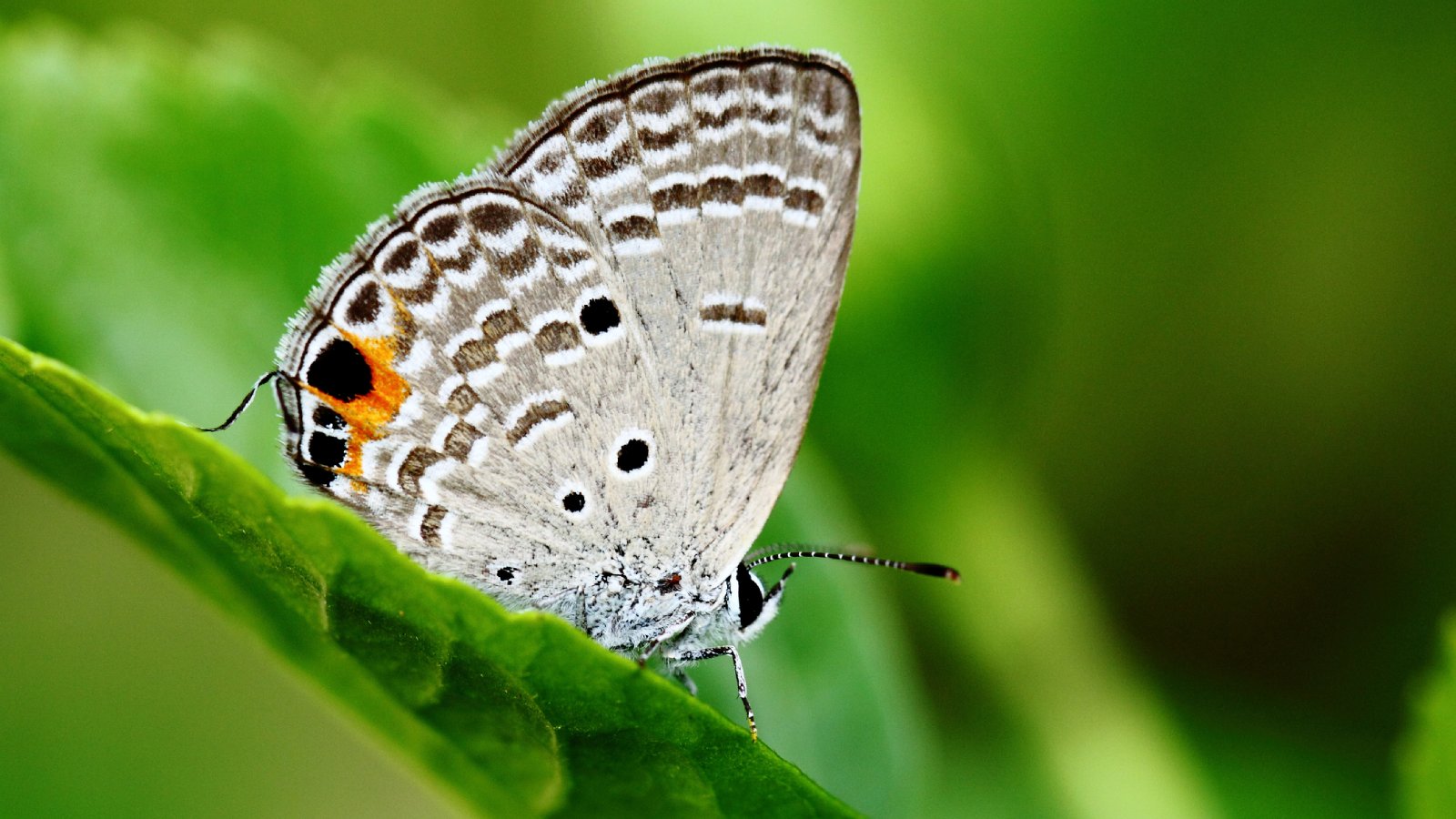Butterflies That Eat Cycads: Learn About Cycad Blue Butterfly Damage


Cycads are some of the oldest plants on earth, and some, such as the sago palm (Cycas revoluta) remain popular houseplants. These are tough, rugged plants that can live for hundreds of years. However, a cycad threat has emerged in the form of blue cycad butterflies (Theclinesthes onycha).
While these butterflies have been around a long time, only recently has cycad blue butterfly damage become a problem for gardeners.
Read on for more information about butterflies that damage cycad plants and tips on how to prevent this from happening.
About Blue Cycad Butterflies
Sago palms are usually the toughest of plants, but in recent years gardeners have seen their cycads looking sick. According to experts, the most likely cause is the presence of butterflies on the plants. More specifically, blue cycad butterflies.
When you see butterflies on cycad, look at them carefully. Recognize these butterflies by the bluish metallic sheen of their pale brown wings. The back section of the wings has orange eye patterns. These are responsible for the butterfly invasion on cycads.
Cycad Blue Butterfly Damage
It is not actually the butterflies that eat cycads though. Instead, they will lay pale disk-shaped eggs on young, tender leaves. The eggs hatch into green caterpillars that grow darker as they mature and end up a brown-maroon color.
The caterpillars of this butterfly species hide during the day under the leaves of the sago palm and in its crown. They come out at night to eat the new flush of leaves. The attacked foliage turns yellow and the edges turn pale and dry like straw.
Sign up for the Gardening Know How newsletter today and receive a free copy of our e-book "How to Grow Delicious Tomatoes".
Butterfly Invasion on Cycads
These butterflies have been around for years without causing many problems, but suddenly people are reporting a butterfly invasion on their plants. Fortunately, there are safe and easy solutions to protecting your sago palm from caterpillars.
First, hose down your cycad’s crown regularly in the days before a new flush of leaves emerge. This may wash off the eggs and prevent the problem. Then, make up an insecticide using Dipel (or another insecticide based on natural products derived from diseases of caterpillars) and a few drops of dishwashing soap. Spray the new leaves as they unfold. Repeat the spray after the rains until the new leaves harden off.

Teo Spengler is a master gardener and a docent at the San Francisco Botanical Garden, where she hosts public tours. She has studied horticulture and written about nature, trees, plants, and gardening for more than two decades, following a career as an attorney and legal writer. Her extended family includes some 30 houseplants and hundreds of outdoor plants, including 250 trees, which are her main passion. Spengler currently splits her life between San Francisco and the French Basque Country, though she was raised in Alaska, giving her experience of gardening in a range of climates.